Team:Imperial College London/Wetlab/Results/Thermoinduction1
From 2009.igem.org

Contents |
Experiment Rationale
To investigate the behaviour of the lamda-cI thermoinducible promoter and show that when temperature is low (at 28 degrees Celsius), there is low fluorescence output. This shows that the genome deletion module is repressed. When temperature is raised to 42 degrees Celsius, fluorescence increases, indicating that the repression is lifted. We are looking at both absorbance and fluorescence data. This analysis serves to characterize the construct [http://partsregistry.org/wiki/index.php/Part:BBa_K200022 BBa_K200022], submitted by Harvard last year.
Summary of method
In order to characterize the thermoinducible promoter, absorbance (optical density) and fluoresence data were recorded over time for:
- Cells containing the BBa_K200022 construct: The thermoinducible promoter.
- Positive control cells: Containing the [http://partsregistry.org/Part:BBa_I13522 BBa_I13522], acting as a baseline comparison by constitutively expressing GFP.
- Negative control cells: These contain the thermoinducible promoter on its own ( [http://partsregistry.org/Part:BBa_K098995 BBa_K098995]) with no GFP attached to it.
Analysis
Variation of the blank
Here we repeat a similar analysis to the previous part, except that this time we will account for variations in the blank for fluorescence data. However, we suspect that there has been a systematic error in the results returned by the fluorometer. The analysis brings out the data's most important features and compensates for these. All the raw data files will also be uploaded in the wiki for further details and explanations.
28 ºC
- At this temperature, variations of the blank levels have been taken to be between 250 and 300 Fluorescent units (discarding overshoots).
- This means that once again, fluorescence data must be normalized against different blank data values to account for this variation.
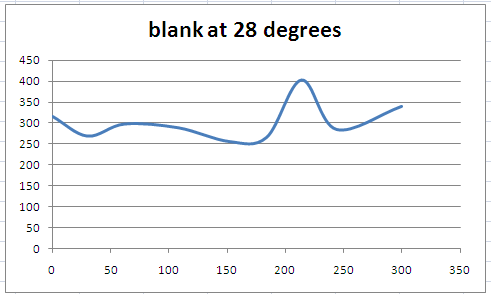
Figure 1: Fluorescence variation in blank wells at 28ºC
42 ºC
- Here, variations seem to be linear, as seen in the absorbance case so one of the causes for this may be evaporation.
- However, they may also be due to systematic error of the fluorometer.
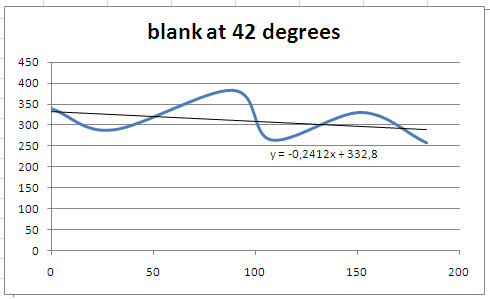
Figure 2: Fluorescence variation in blank wells at 42ºC
Variation in fluorescence
28ºC
- Table 1 shows the raw values for fluorescence. Again, this was done for different blank values (for more details see the raw data file)

Table 1: Fluorescence results over time at 28 ºC
- At 28 ºC, we can clearly see that the fluorescence is repressed, relative to the constitutive promoter (positive control).
- The blue line is low, and fluorescence output is low. Therefore, the promoter is repressing downstream genes.
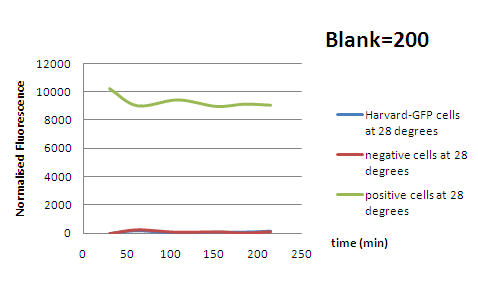
Figure 3: Fluorescence at 28 ºC
42ºC

Table 2: Fluorescence results at 42ºC
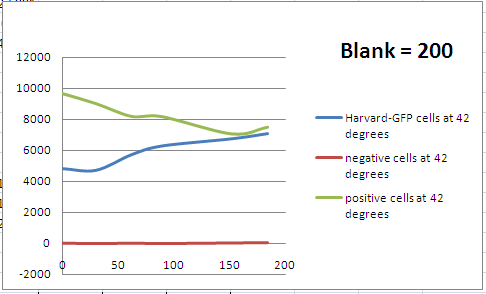
Figure 4: Fluorescence results at 42 degrees
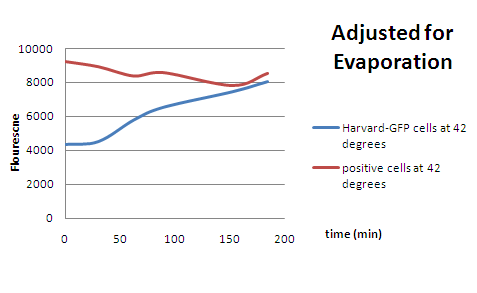
Figure 5: Fluorescence results at 42 degrees (corrected for effect of evaporation)
Conclusion
 "
"



